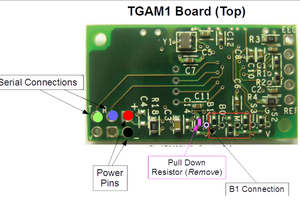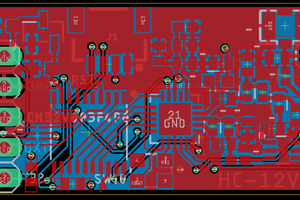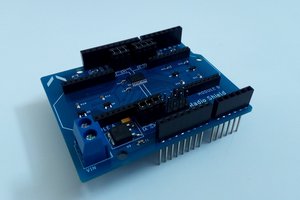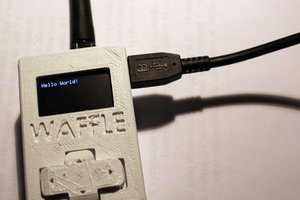When you hear SX1280 probably the first word pops in your mind is LoRa. However SX1280 chip also supports FLRC mode which is very similar to MSK used on CC2500, but according to the documentation SX1280 does it with 16 dBm higher receiver sensitivity at ~250kBaud data rate with FEC. Seems it's an ideal choice for a modern RC radio system.
Main project goals:
- Handles both receiver and transmitter in one code-line/hardware
- FHSS (Frequency Hopping Spread Spectrum) system
- FCC and ETSI EN compliance
- 82 channels (on normal ISM band: 2400 Mhz - 2483.5 Mhz), with 1MHz channel spacing
- 100 Hz hopping frequency
- Fixed hopping sequence
- Simple acquisition and tracking between the transmitter and receiver
- No binding process; the transmitter and receiver hard-bound together (of course later I would like to add binding)
- Fixed packet length
- Transmitter sends basic control functions on at least 16; 12 bit channels
- Receiver can also send telemetry data back
- RSSI (Received Signal Strength Indicator)
- Receiver battery voltage
- Relative altitude
- Vario
- Absolute orientation
- Built in GPS support
- Extensible via UART port(s)
- Built-in sensors
- BNO055: Intelligent 9-axis absolute orientation sensor
- BMP388: Digital pressure sensor
- CAN bus
- OTA (Over the Air) firmware update
 Varadi, Gyorgy aka bodri
Varadi, Gyorgy aka bodri
 Tom Meehan
Tom Meehan
 OzQube
OzQube
 Jan Gromeš
Jan Gromeš
 M.daSilva
M.daSilva